Filter by
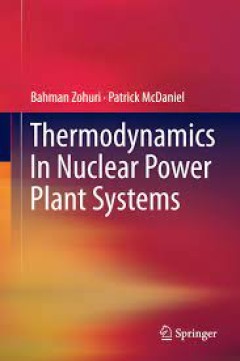
Thermodynamics In Nuclear Power Plant Systems
This book covers the fundamentals of thermodynamics required to understand electrical power generation systems, honing in on the application of these principles to nuclear reactor power systems. It includes all the necessary information regarding the fundamental laws to gain a complete understanding and apply them specifically to the challenges of operating nuclear plants. Beginning with defin…
- Edition
- -
- ISBN/ISSN
- 978-3-319-13419-2
- Collation
- -
- Series Title
- -
- Call Number
- -

Thermal-Hydraulic Analysis of Nuclear Reactors
This text covers the fundamentals of thermodynamics required to understand electrical power generation systems and the application of these principles to nuclear reactor power plant systems. It is not a traditional general thermodynamics text, per se, but a practical thermodynamics volume intended to explain the fundamentals and apply them to the challenges facing actual nuclear power plants sy…
- Edition
- -
- ISBN/ISSN
- 978-3-319-17434-1
- Collation
- -
- Series Title
- -
- Call Number
- -
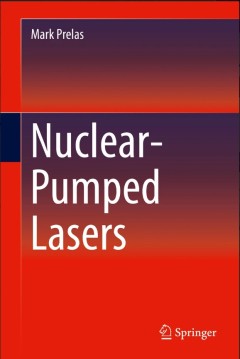
Nuclear-Pumped Lasers
This book focuses on Nuclear-Pumped Laser (NPL) technology and provides the reader with a fundamental understanding of NPLs, a review of research in the field and exploration of large scale NPL system design and applications.Early chapters look at the fundamental properties of lasers, nuclear-pumping and nuclear reactions that may be used as drivers for nuclear-pumped lasers. The book goes on t…
- Edition
- 1
- ISBN/ISSN
- 978-3-319-36913-6
- Collation
- XIV, 417
- Series Title
- -
- Call Number
- -
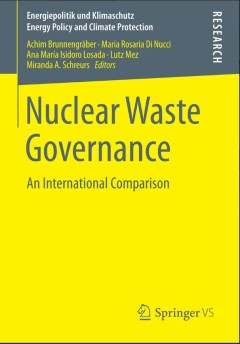
Nuclear Waste Governance:An International Comparison
This volume examines the national plans that ten Euratom countries plus Switzerland and the United States are developing to address high-level radioactive waste storage and disposal. The chapters, which were written by 23 international experts, outline European and national regulations, technology choices, safety criteria, monitoring systems, compensation schemes, institutional structures, and …
- Edition
- 1
- ISBN/ISSN
- 978-3-658-08961-0
- Collation
- XXII, 327
- Series Title
- Energiepolitik und Klimaschutz. Energy Policy and Climate Protection
- Call Number
- -
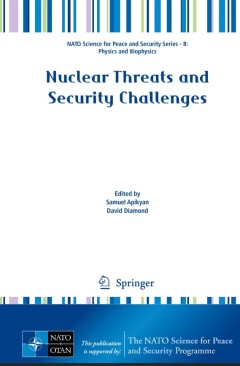
Nuclear Threats and Security Challenges
With the dissolution of the Soviet Union the nuclear threats facing the world are constantly evolving and have grown more complex since the end of the Cold War. The diversion of complete weapon systems or nuclear material to rogue nations and terrorist organizations has increased. The events of the past years have proved the necessity to reevaluate these threats on a level never before consider…
- Edition
- 1
- ISBN/ISSN
- 978-94-017-9893-8
- Collation
- IX, 285
- Series Title
- NATO Science for Peace and Security Series B: Physics and Biophysics
- Call Number
- -
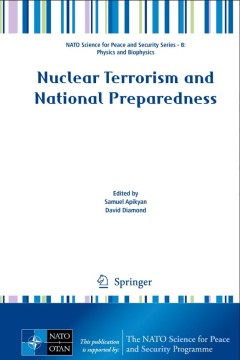
Nuclear Terrorism and National Preparedness
The nuclear crisis in Fukushima and growing threats of nuclear terrorism must serve as a wake-up call, prompting greater action to prepare ourselves for nuclear and radiological disasters. Our strategy to prepare for these threats is multi-layered and the events of these past years have proved the necessity to re-evaluate the national and international preparedness goals on a scale never before…
- Edition
- 1
- ISBN/ISSN
- 978-94-017-9890-7
- Collation
- IX, 263
- Series Title
- -
- Call Number
- -
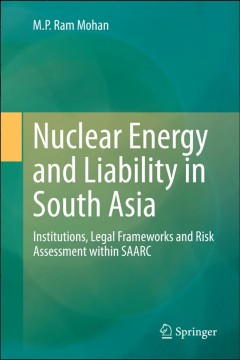
Nuclear Energy and Liability in South Asia:Institutions, Legal Frameworks and…
This book advocates pursuing a regional approach to nuclear risk framework, which it argues is more promising in the current scenario than the non-achievable global regime. In the development of international legislation on liability, the nuclear energy sector represents an alternative approach to a transboundary liability regime. Building on this foundation and following the Chernobyl accident…
- Edition
- 1
- ISBN/ISSN
- 978-81-322-2342-9
- Collation
- Number of Pages XIX, 142
- Series Title
- -
- Call Number
- -
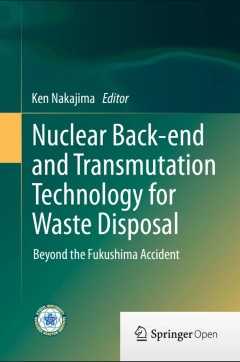
Nuclear Back-end and Transmutation Technology for Waste Disposal:Beyond the F…
This book covers essential aspects of transmutation technologies, highlighting especially the advances in Japan. The accident at the Fukushima Daiichi Nuclear Power Plant (NPP) has caused us to focus attention on a large amount of spent nuclear fuels stored in NPPs. In addition, public anxiety regarding the treatment and disposal of high-level radioactive wastes that require long-term control i…
- Edition
- 1
- ISBN/ISSN
- 978-4-431-55110-2
- Collation
- XV, 341
- Series Title
- -
- Call Number
- -
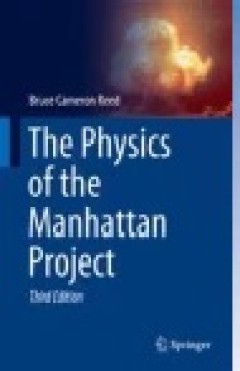
The Physics of the Manhattan Project
The development of nuclear weapons during the Manhattan Project is one of the most significant scientific events of the twentieth century. This revised and updated 3rd edition explores the challenges that faced the scientists and engineers of the Manhattan Project. It gives a clear introduction to fission weapons at the level of an upper-year undergraduate physics student by examining the detai…
- Edition
- -
- ISBN/ISSN
- 978-3-662-43533-5
- Collation
- XVII, 222
- Series Title
- -
- Call Number
- -

Radionuclide and Metal Sorption on Cement and Concrete
Cementitious materials are being widely used as solidification/stabilisation and barrier materials for a variety of chemical and radioactive wastes, primarily due to their favourable retention properties for metals, radionuclides and other contaminants. The retention properties result from various mineral phases in hydrated cement that possess a high density and diversity of reactive sites for …
- Edition
- -
- ISBN/ISSN
- 978-3-319-23651-3
- Collation
- -
- Series Title
- -
- Call Number
- -
 Computer Science, Information & General Works
Computer Science, Information & General Works  Philosophy & Psychology
Philosophy & Psychology  Religion
Religion  Social Sciences
Social Sciences  Language
Language  Pure Science
Pure Science  Applied Sciences
Applied Sciences  Art & Recreation
Art & Recreation  Literature
Literature  History & Geography
History & Geography